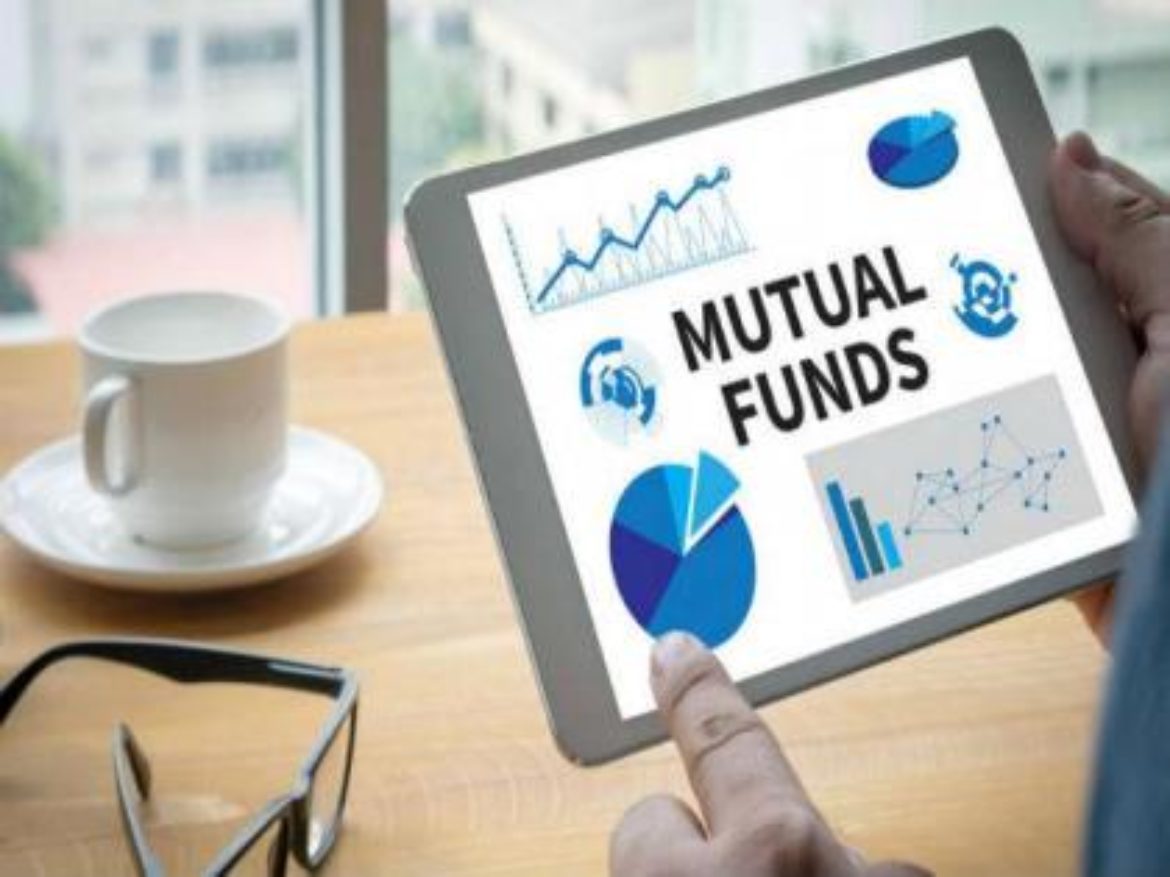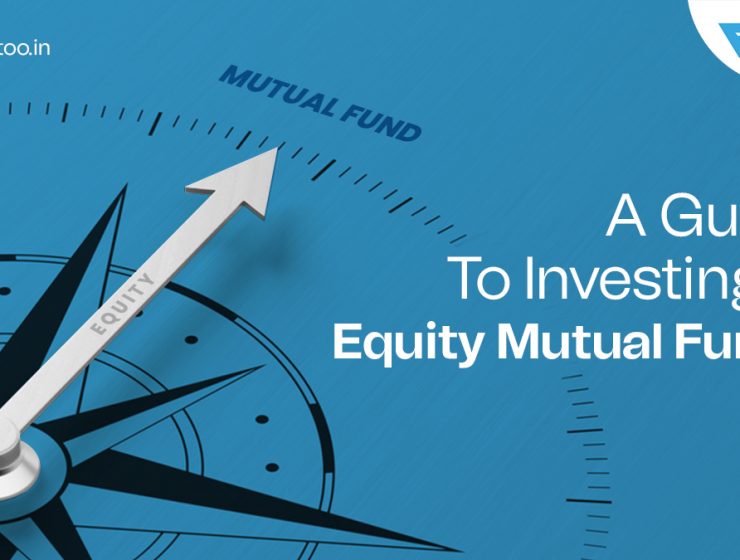

Sensex crashed about 30 per cent since 20th feb 2020, falling from 41,000 level to 28,000 level, owing to Yes Bank Crisis , the Coronavirus being declared as pandemic by WHO, decline in international crude oil price. The market has been very volatile since past 1.5 month. During these falling markets it’s suggested that you should be opting the Mutual Fund route to invest fresh money in share market and not the direct equity investment to mitigate the risk.
Keep hold of all your current equity investments and do not redeem. It will be the biggest mistake if you convert your notional losses into actual ones. For the investors who are having liquidity in hand, now is the right time to invest your money looking at the market lowest levels. It is further recommended to do it in a phased manner and not all at once. Ones who will invest in the market now will more likely to reap the benefits in future. But the more important question is where should you invest?
When we talk about Equity Mutual Funds, we understand that the money is invested in the share market by the Fund Managers. But in the share market, there are ample stock options to invest in. So Fund Managers invest in different categories of stocks and that is classified as different types of Equity Mutual Funds.
Post the re-categorisation of the Mutual Funds by SEBI, there are 10 sub categories in Equity Mutual Funds and every AMC can have only one scheme under each category for the benefit of the investors.
Let’s understand these categories briefly: –
1. Large Cap Fund
Here, the stock selection for investment is done from the largest 100 stocks listed in the Indian markets based on market capitalization. These are also called as Bluechip stocks. They are expected to be less risky. Minimum 80% of the total assets is required to be invested in equity and equity related instruments of large cap companies.
2. Large & mid-cap fund
Under this category, the investment is made in the largest 250 stocks which comprises of large cap and mid cap. Compared to large cap fund, they are slightly more risky. Here, minimum 35% each should be invested in large and mid cap stocks respectively.
3. Mid-cap fund
Stocks ranked between 100 -250 based on market capitalisation is considered here. Risk component is higher compared to first two categories. Atleast 65% of the investment in these funds should be in mid cap stocks.
4. Small-cap fund
As per SEBI guidelines, in these funds investments should be made in any stock except for the top 250 companies which should consititute atleast 65% of total assets of the fund. Small cap stocks carry highest risk and at the same time have the highest potential to grow.
5. Multi-cap fund
This is a combination of large cap, mid cap and small cap. We can say this is a well diversified fund which could be a part of core portfolio of an investor.
6. Dividend yield fund
These mutual funds invest in stocks and follow strategy of investing in stocks which generates higher dividend yield. This is suitable for those investors who look out for regular cash outflows and require liquidity.
7. Value fund/ Contra Fund
AMC are allowed to offer either a Value Fund or a Contra Fund but not both. Value Fund is a fund where the fund manager picks stock which according to them is under valued. So they follow value investment strategy. Contra Fund on the other hand is the one where the fund managers pick low priced stocks which looks promising in the long term. This category is not for short term investments. These are very high risk and high yielding funds. For now, stay away from these.
8. Focused Fund
It is a scheme focussed on the number of stocks i.e. fund manager can invest maximum in only 30 stocks.
9. Sectoral / Thematic fund
In Sectoral Funds, investment will be done in one particular sector. The sector which looks promising in current scenario are pharma sector. Because of the falling crude oil prices- paints, chemicals, hair oil, cement, PVC pipes looks promising. Aviation sector is an exception because of halt in services. FMCG sector looks overvalued. Sectors to completely avoid currently is banking sector.
10. ELSS.
Equity Linked Saving scheme is a tax saving mutual fund with a tax benefit of 150000 under 80 C and a lock in period of 3 years. This is the only equity mutual fund with a lock in period and that’s because of the tax benefit attached to it.
Some other Equity Mutual Funds are : –
11. Index Funds :
Here, the investments are done in one particular index. It is considered as a passive fund as little involvement of a fund manager is required. It just follows the index and gives you the mirror returns as per the index. Eg Sensex or Nifty. It is considered as one of the most safest option to invest.
12. Hybrid Funds :
It is a combination of equity and debt. So if as per your risk profile you do not want to invest everything into equity then you can opt for this fund.
Conclusion
In current scenario of global pandemic, it is advised to invest either in Large Cap funds or Index Funds as the market is quite uncertain at the moment. So avoid risky categories and invest in safe avenues. Once the situation stabilises, then one might consider opting for mid and small cap categories as well but only if the time horizon is atleast 5-7 years. Also, make sure your portfolio is well diversified and all the investments are not concentrated in one particular sector.
Investing in these mutual funds is now made easier with our App. Download NOW!!!
Related Posts
Stay up-to-date with the latest information.


